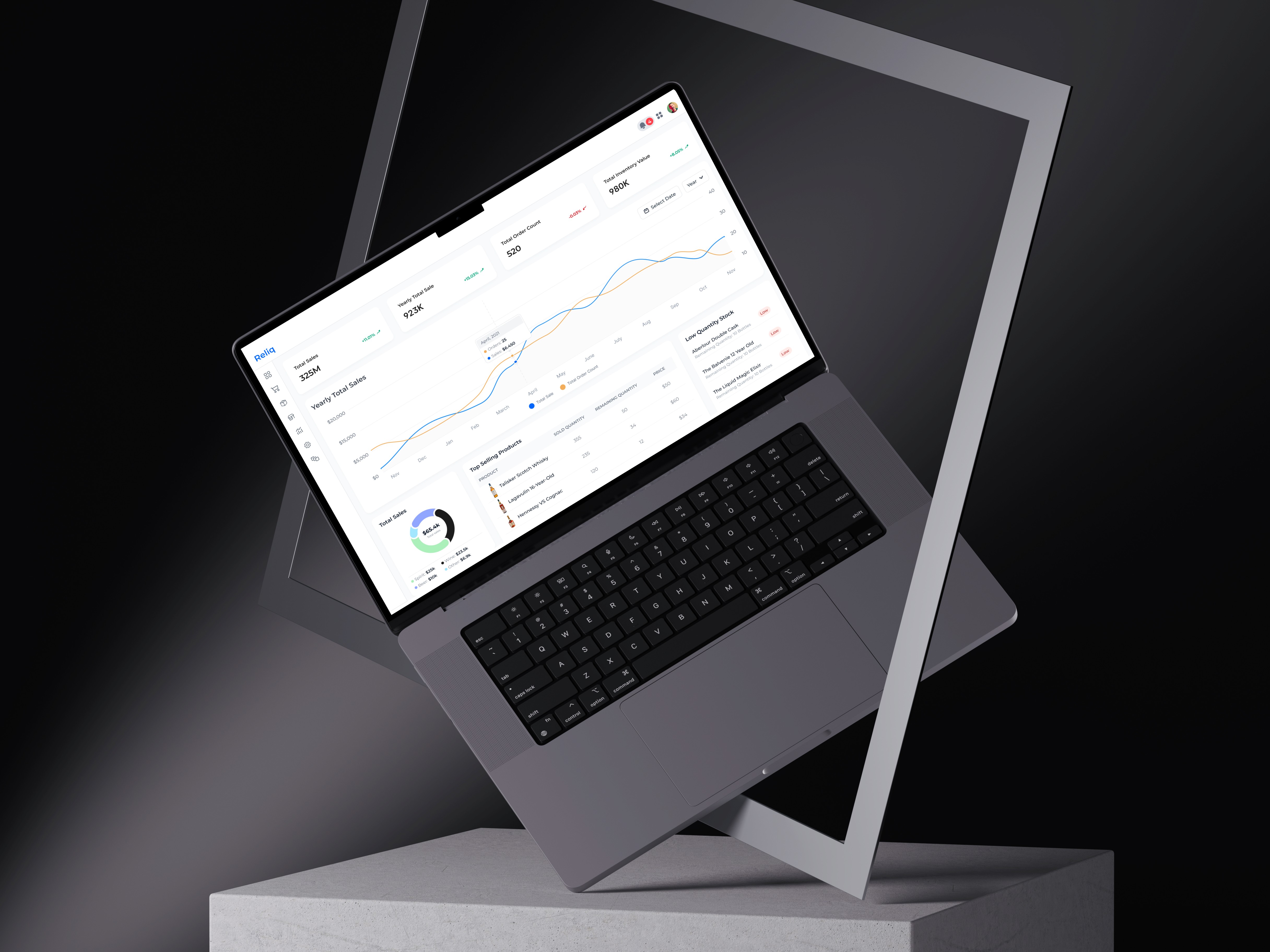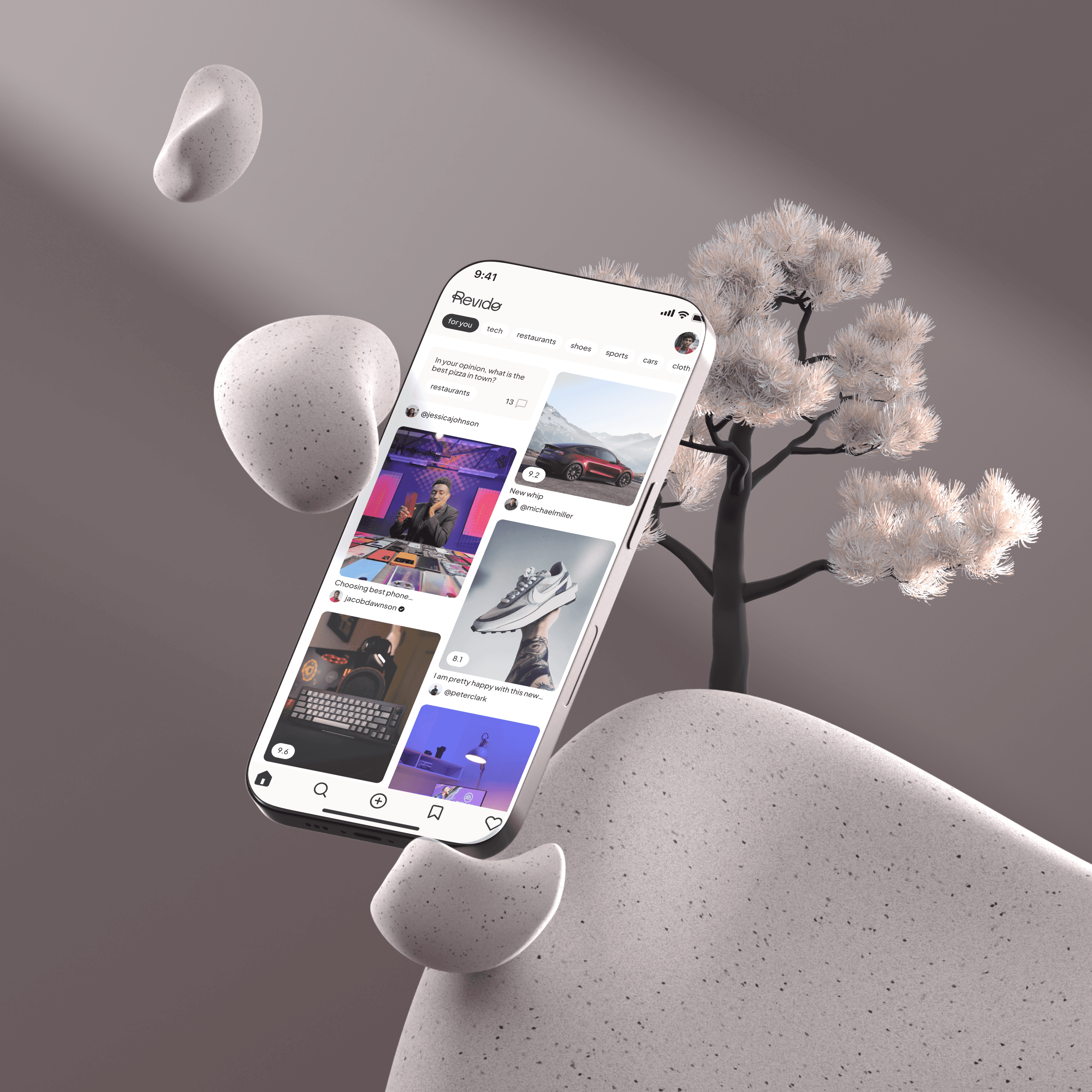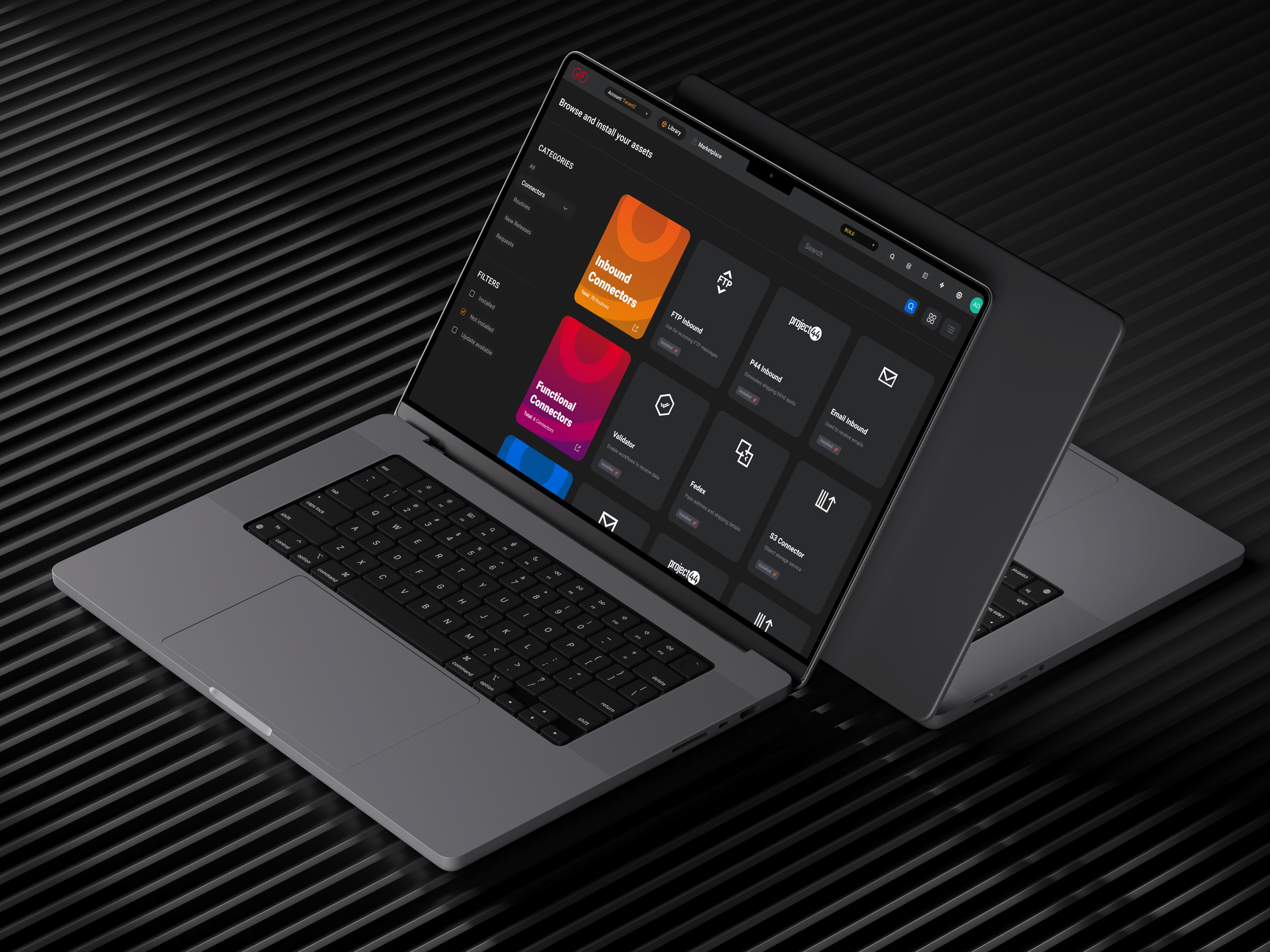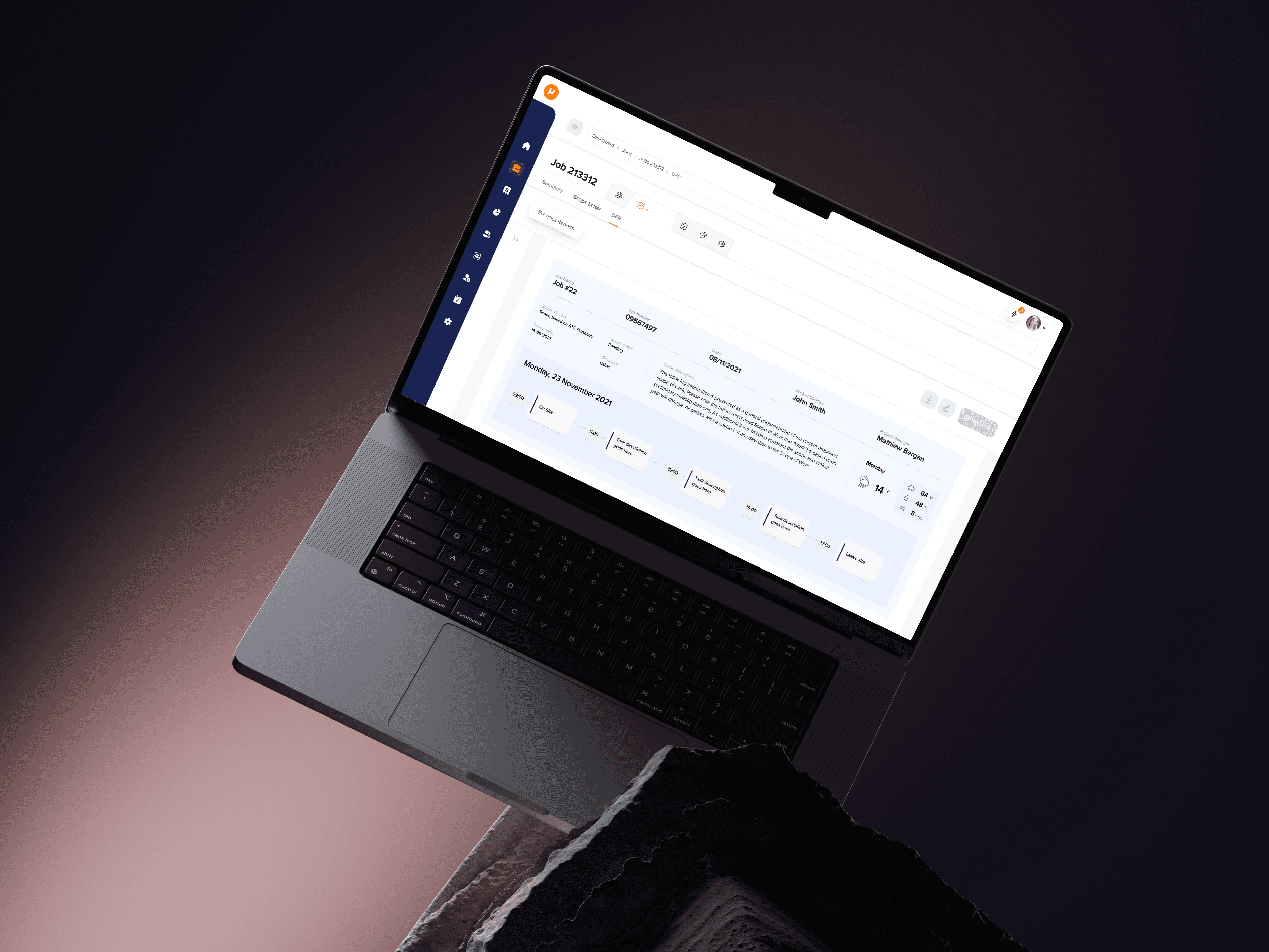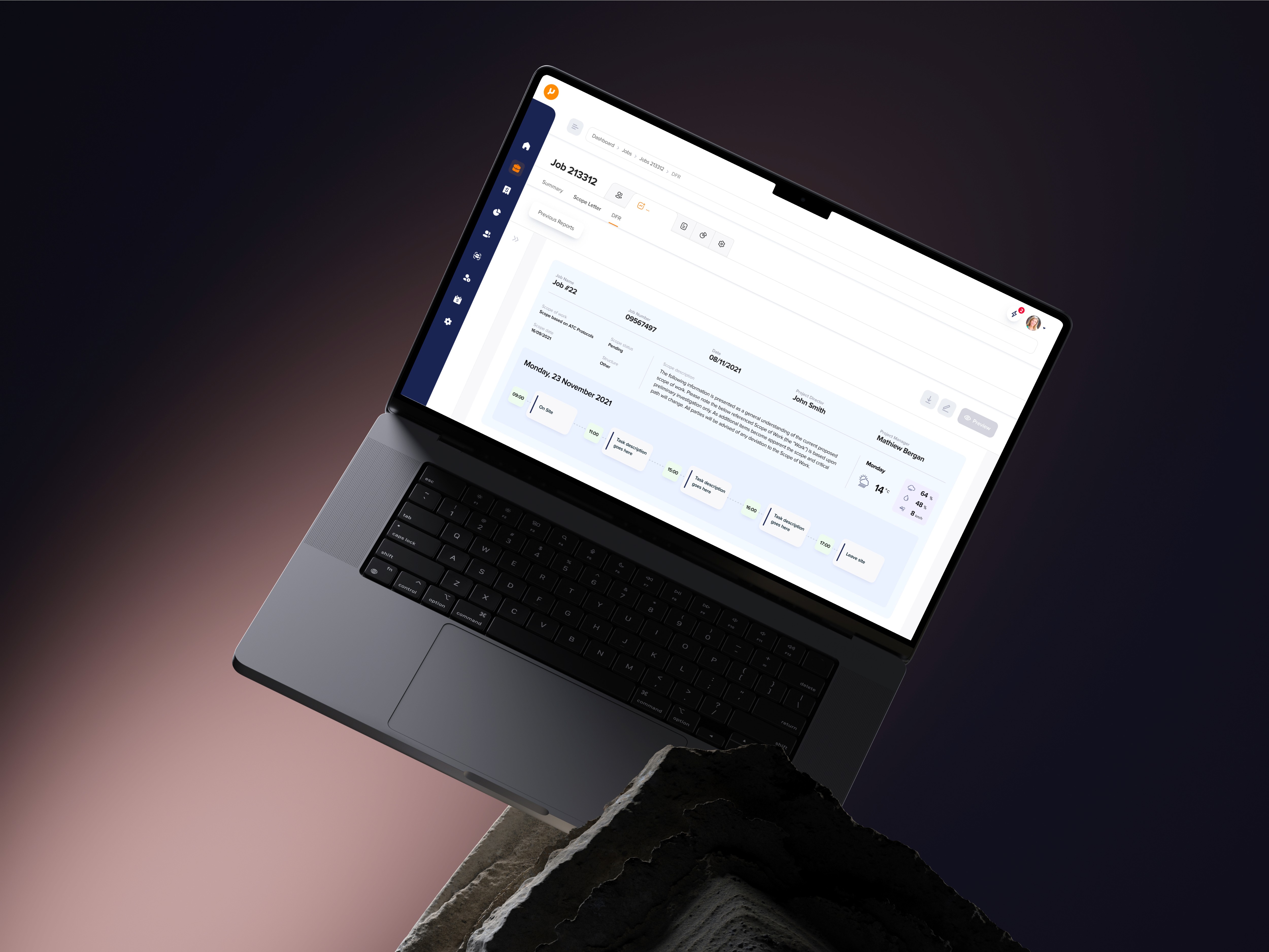iwona sztorc
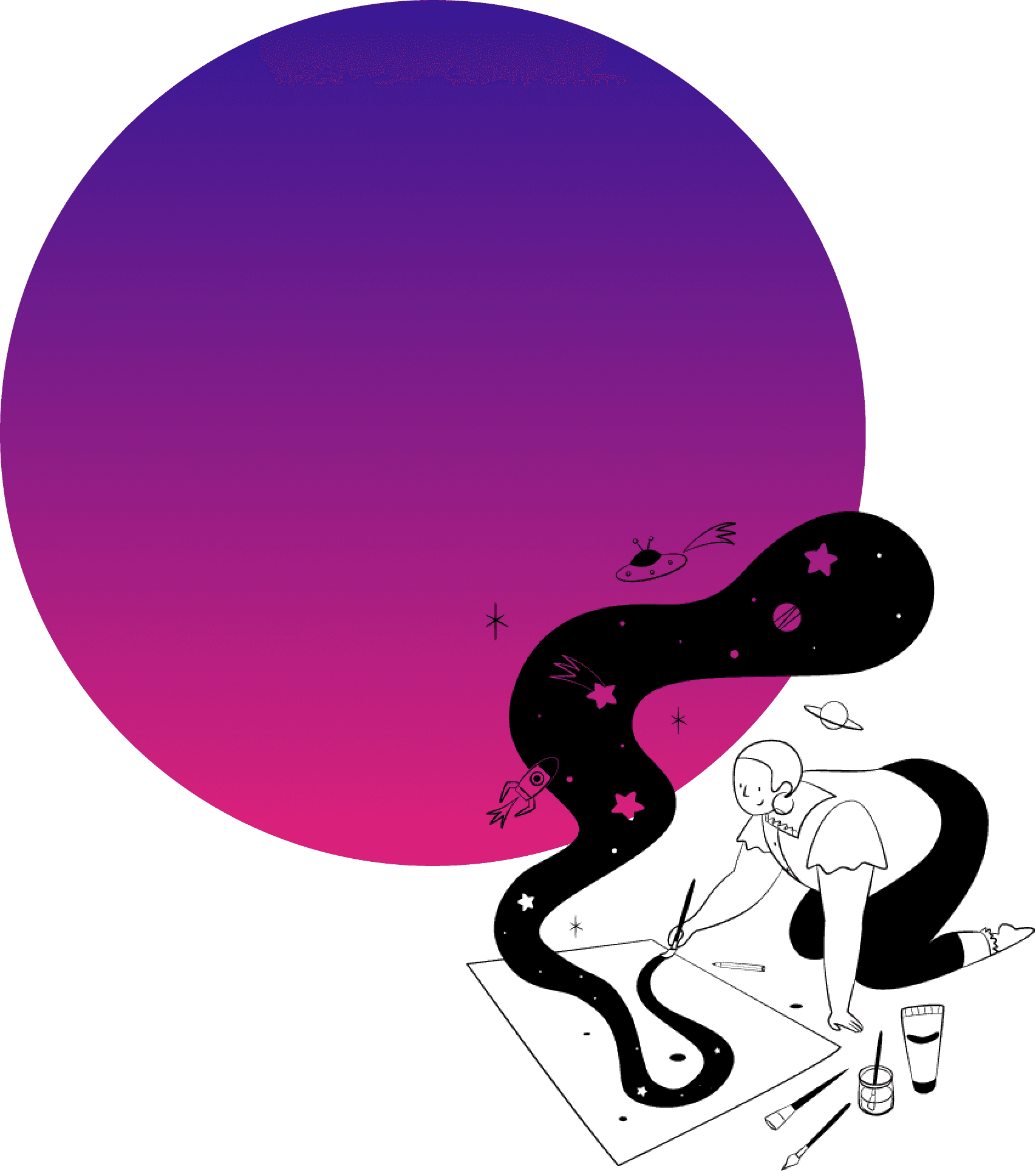

Reliq
Web and Desktop Application | Retail
Harness the power of a simplified inventory, order and fulfilment management system. Effortlessly maintain your product catalog for optimal inventory control.
Revido
Mobile App | Life style application
iOS Mobile App | Social Media
Discover and share your favourite products and places within trusted network. Be part of a community that thrives on authentic experiences.
Connect
Web App | Supply Chain Management
Integrate your entire supply chain with Connect. Drag and drop your platforms, partners, processes and connections to seamlessly orchestrate every element of your supply chain.
YBuild
Web Platform | Disaster Recovery
Disaster recovery and property restoration platform designed to revolutionise operational landscape. Crafted to streamline every facet of internal processes, from efficient project management to resource allocation.
Design Process
Design Process
Design Process
Design Process
Here’s how I approach it:
Here’s how I approach it:


Here’s how I approach it:
Here’s how I approach it:
Let's be honest—there's no such thing as a perfect, linear design process. In my experience as a senior product designer, the journey is anything but straightforward. It's a messy, non-linear path requiring constant adaptation to new challenges. This chaotic nature means that as a designer, I need to be able to respond to unexpected obstacles and continuously iterating on my solutions.
Starting a project often means diving into user research, but the insights gained frequently force me to revisit initial assumptions and rethink user journeys. It’s a cycle, not a straight line. Great design isn't about a flawless process; it's about navigating the imperfections and complexities of each project. My design process embraces the reality that no project is perfect, involving continuous learning, adapting, and sometimes completely rethinking my approach.
Let's be honest—there's no such thing as a perfect, linear design process. In my experience as a product designer, the journey is anything but straightforward. It's a messy, non-linear path requiring constant adaptation to new challenges. This chaotic nature means that as a designer, I need to be able to respond to unexpected obstacles and continuously iterating on my solutions.
Starting a project often means diving into user research, but the insights gained frequently force me to revisit initial assumptions and rethink user journeys. Great design isn't about a flawless process; it's about navigating the imperfections and complexities of each project. My design process embraces the reality that no project is perfect, involving continuous learning, adapting, and sometimes completely rethinking my approach.
Let's be honest—there's no such thing as a perfect, linear design process. In my experience as a product designer, the journey is anything but straightforward. It's a messy, non-linear path requiring constant adaptation to new challenges. This chaotic nature means that as a designer, I need to be able to respond to unexpected obstacles and continuously iterating on my solutions.
Starting a project often means diving into user research, but the insights gained frequently force me to revisit initial assumptions and rethink user journeys. Great design isn't about a flawless process; it's about navigating the imperfections and complexities of each project. My design process embraces the reality that no project is perfect, involving continuous learning, adapting, and sometimes completely rethinking my approach.
Let's be honest—there's no such thing as a perfect, linear design process. In my experience as a senior product designer, the journey is anything but straightforward. It's a messy, non-linear path requiring constant adaptation to new challenges. This chaotic nature means that as a designer, I need to be able to respond to unexpected obstacles and continuously iterating on my solutions.
Starting a project often means diving into user research, but the insights gained frequently force me to revisit initial assumptions and rethink user journeys. Great design isn't about a flawless process; it's about navigating the imperfections and complexities of each project. My design process embraces the reality that no project is perfect, involving continuous learning, adapting, and sometimes completely rethinking my approach.
Strategy & Research
Strategy & Research
Strategy & Research
Strategy & Research
The Strategy and Research phase serves as the compass that guides the entire UX design journey. In this initial step I am dedicated to understand the broader context, user needs, and business goals before any design decisions are made. The value in doing this is to build a foundation of trust and emphasize my commitment to each client's business and long-term success.
The Strategy and Research phase serves as the compass that guides the entire UX design journey. In this initial step I am dedicated to understand the broader context, user needs, and business goals before any design decisions are made. The value in doing this is to build a foundation of trust and emphasize my commitment to each client's business and long-term success.
Conceptual Design
Conceptual Design
Conceptual Design
Conceptual Design
Engaging in brainstorming sessions with my cross-functional team, we collectively generate design ideas. I take these concepts and through sketching and conceptualizing I refine them into actionable solutions. I am focused on crafting visually appealing and highly functional user interfaces that are carefully designed to meet user needs as well as achieve business goals.
Engaging in brainstorming sessions with my cross-functional team, we collectively generate design ideas. I take these concepts and through sketching and conceptualizing I refine them into actionable solutions. I am focused on crafting visually appealing and highly functional user interfaces that are carefully designed to meet user needs as well as achieve business goals.
UI Design & Prototyping
UI Design & Prototyping
UI Design & Prototyping
UI Design & Prototyping
Bringing ideas to life, I create both low and high-fidelity prototypes which are paramount for several reasons. They serve as a tangible representation of my design concepts, allowing the client to interact with the product before it's fully developed. This not only facilitates a clearer understanding of the user experience but also gives opportunity to the clients to provide valuable feedback early in the process, ensuring that the final product aligns with their vision and goals.
Bringing ideas to life, I create both low and high-fidelity prototypes which are paramount for several reasons. They serve as a tangible representation of my design concepts, allowing the client to interact with the product before it's fully developed. This not only facilitates a clearer understanding of the user experience but also gives opportunity to the clients to provide valuable feedback early in the process, ensuring that the final product aligns with their vision and goals.
Design Handoff
Design Handoff
Design Handoff
Design Handoff
Creating an effective handoff process from design to development is a critical step in any product development cycle. By working closely with the development team, I ensure a seamless handoff by communicating clearly and providing detailed design specifications. This phase acts as a bridge, ensuring that the user experience we envisioned comes to life in the final product.
Creating an effective handoff process from design to development is a critical step in any product development cycle. By working closely with the development team, I ensure a seamless handoff by communicating clearly and providing detailed design specifications. This phase acts as a bridge, ensuring that the user experience we envisioned comes to life in the final product.
User Testing
User Testing
User Testing
User Testing
In this phase I gather insights by observing real users interact with a product. This hands-on approach helps validate design decisions, identify usability issues, and collect feedback on the overall user experience. By incorporating user testing into my design process, I ensure that the final product aligns with user expectations and needs. This iterative feedback loop allows me to make informed design refinements, leading to a more user-friendly and effective end result.
In this phase I gather insights by observing real users interact with a product. This hands-on approach helps validate design decisions, identify usability issues, and collect feedback on the overall user experience. By incorporating user testing into my design process, I ensure that the final product aligns with user expectations and needs. This iterative feedback loop allows me to make informed design refinements, leading to a more user-friendly and effective end result.
